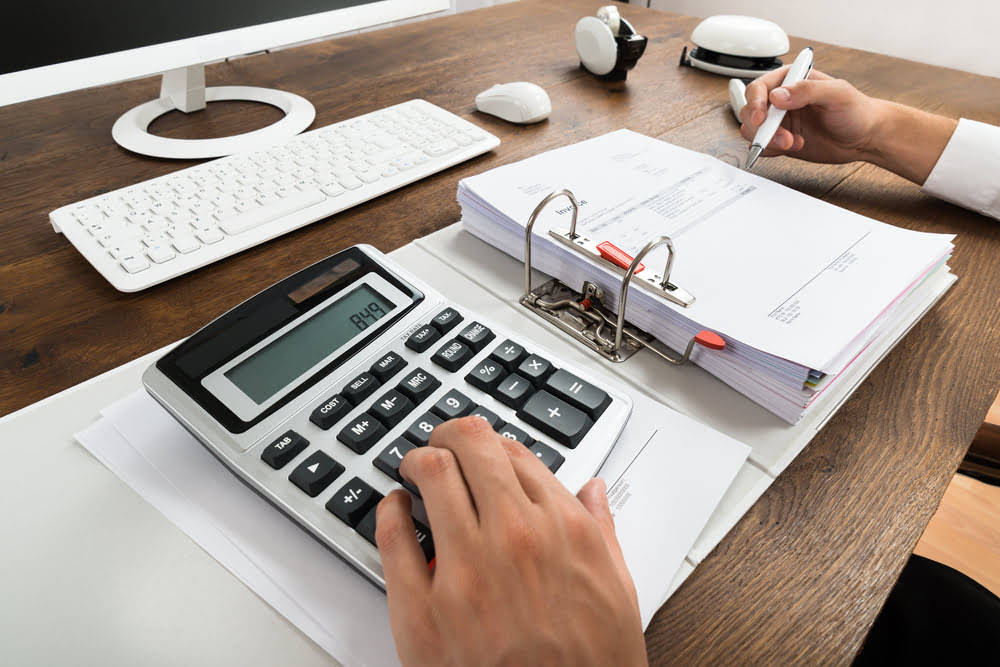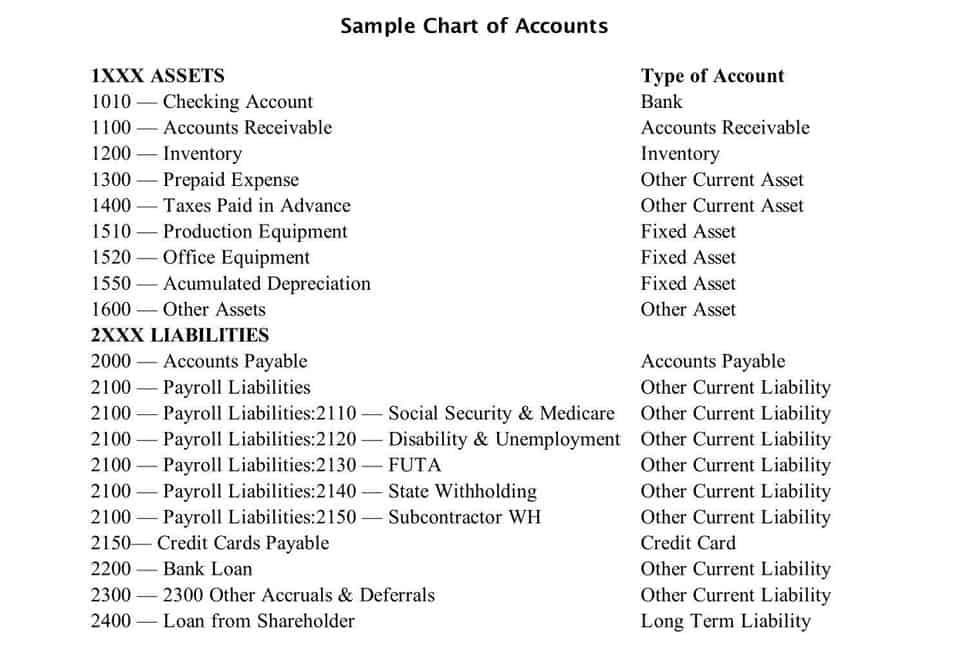Double-Declining Balance DDB Depreciation Method: Definition and Formula

Suppose you purchase an asset for your business for $575,000 and you expect it to have a life of 10 years with a final salvage value of $5,000. You also want less than 200% of the straight-line depreciation (double-declining) at 150% or a factor of 1.5. It’s important to ensure that its application complies with the specific guidelines and requirements of GAAP. For example, imagine you’ve just purchased $15,000 of computer equipment for your SaaS company. The upfront investment was steep, and in your first few years, revenues are low while expenses are high. However, this would reduce the book value to $7,776, which is below the $10,000 salvage value.
What assets are DDB best used for?
The declining balance method is one of the two accelerated depreciation methods and it uses a depreciation rate that is some multiple of the straight-line method rate. The double-declining Oil And Gas Accounting balance (DDB) method is a type of declining balance method that uses double the normal depreciation rate. The depreciation rate for the double-declining balance method is based on the straight-line depreciation rate.
- Tax planning is a complex field, and the optimal approach may vary depending on a variety of factors, including the type of business, the assets involved, and the broader economic context.
- Accelerating depreciation reduces your taxable income sooner, freeing up funds to reinvest in growth.
- ABC Limited purchased a Machine costing $12500 with a useful life of 5 years.
- In this section, we will be discussing double declining balance depreciation, its definition, how it works, and its advantages and disadvantages compared to straight-line depreciation.
Advantages
- For example, under IFRS, IAS 36 requires impairment tests when indicators suggest a decline in value due to factors like technological changes or market shifts.
- Through this example, we can see how the DDB method allocates a larger depreciation expense in the early years and gradually reduces it over the asset’s useful life.
- Leveraging AI in accounting allows businesses to focus on strategic decision-making, reduce errors, and enhance overall financial management.
- The straight-line method provides a consistent depreciation expense over the asset’s useful life, simplifying budgeting and financial planning.
- Since the double declining balance method has you writing off a different amount each year, you may find yourself crunching more numbers to get the right amount.
- Depreciation is the process of allocating the cost of a tangible asset over its useful life.
One of the most intricate methods used in depreciation is the Double Declining balance (DDB) method, which accelerates What is bookkeeping depreciation expenses in the early years of an asset’s life. While this can offer significant tax advantages, it also opens the door to a host of potential errors. Understanding these pitfalls is essential for accurate reporting and compliance. Accelerated depreciation is a valuable tax strategy that allows businesses to increase the rate at which they depreciate their assets, thereby reducing their taxable income in the short term.

Understanding the Double Declining Balance Rate
While it may not reflect an asset’s actual condition as precisely, it is widely used for its simplicity and consistency. Depreciation is an accounting process by which a company allocates an asset’s cost throughout its useful life. Firms depreciate assets on their financial statements and for tax purposes in order to better match an asset’s productivity in use to its costs of operation over time. This application of the fixed rate to the declining book value results in higher depreciation expenses in earlier years and lower expenses as the asset ages. This differs from the straight-line method, which allocates an equal amount of depreciation each year.
- With DDB, you depreciate the asset at double the annual rate you would with the straight-line method.
- This can be particularly advantageous for tax purposes, as it allows businesses to reduce their taxable income more significantly in the initial years after an asset’s purchase.
- The Double Declining Balance (DDB) method is a form of accelerated depreciation which is a powerful tool in tax reporting and financial management.
- To use this method, businesses estimate the total units an asset will produce over its life.
- The Double Declining Balance Method (DDB) is a form of accelerated depreciation in which the annual depreciation expense is greater during the earlier stages of the fixed asset’s useful life.

The double declining balance depreciation method may be a smart move during your company’s early growth years, but there are tradeoffs. For one, it’s more complex than the straight-line method, which could mean more time spent managing the books, or higher accounting fees if you’re outsourcing the work. Accelerated depreciation methods can reduce double declining depreciation your taxable income upfront, freeing up cash for investments. First, the straight-line depreciation rate is determined by dividing one by the asset’s useful life in years.

Benefits of the Double Declining Balance Method
This accelerated method adds the years of the asset’s life into a sum and uses this sum as a denominator. Each year, you depreciate the asset by a fraction that has the remaining life of the asset as the numerator. Using depreciation in your accounting allows you to match up the cost of the asset with the revenue it helps generate. For instance, if you buy a truck for deliveries, depreciating it over its useful life lets you correlate the truck’s declining value with the income it’s helping to bring in each year. When performing this adjustment, meticulousness and attention are critical as all financial statements must be updated to accurately demonstrate this shift in calculating depreciation. Adjusting an asset’s book value each period ensures financial records reflect current valuations.
Example of declining balance depreciation
DDB is a specific form of declining balance depreciation that doubles the straight-line rate, accelerating expense recognition. Standard declining balance uses a fixed percentage, but not necessarily double. Both methods reduce depreciation expense over time, but DDB does so more rapidly. The DDB method accelerates depreciation, allowing businesses to write off the cost of an asset more quickly in the early years, which can be incredibly beneficial for tax purposes and financial planning. Depreciation is a crucial concept in business accounting, representing the gradual loss of value in an asset over time. Among the various methods of calculating depreciation, the Double Declining Balance (DDB) method stands out for its unique approach.

This process results in a decreasing depreciation expense each period because the book value continuously declines. Like the double declining balance method, the sum-of-the-years’ digits method is another accelerated depreciation method. It is calculated by multiplying a fraction by the asset’s depreciable base in each year. The fraction uses the sum of all years’ digits as the denominator and starts with the largest digit in year 1 for the numerator. For example, a company that owns an asset with a useful life of five years will multiply the depreciable base by 5/15 in year 1, 4/15 in year 2, 3/15 in year 3, 2/15 in year 4, and 1/15 in year 5. Let’s assume that a retailer purchases fixtures on January 1 at a cost of $100,000.






